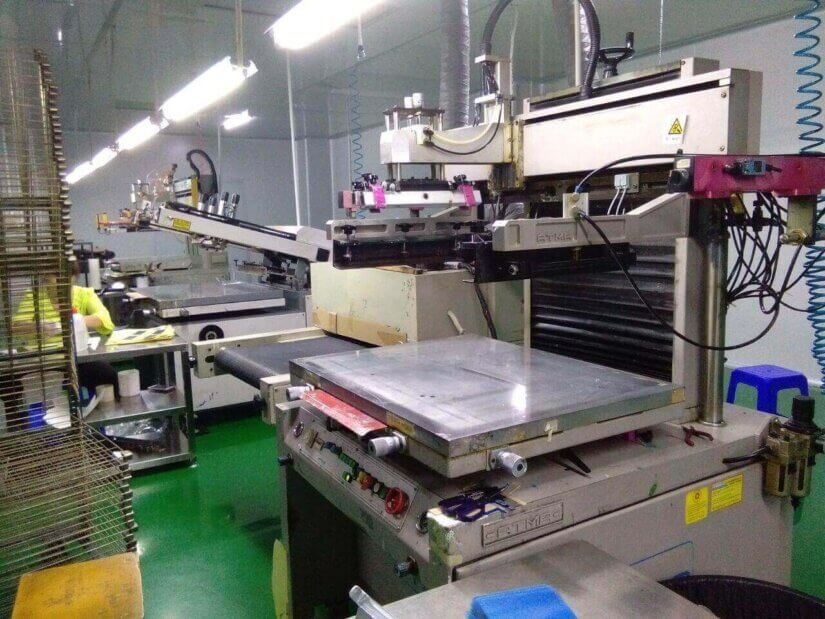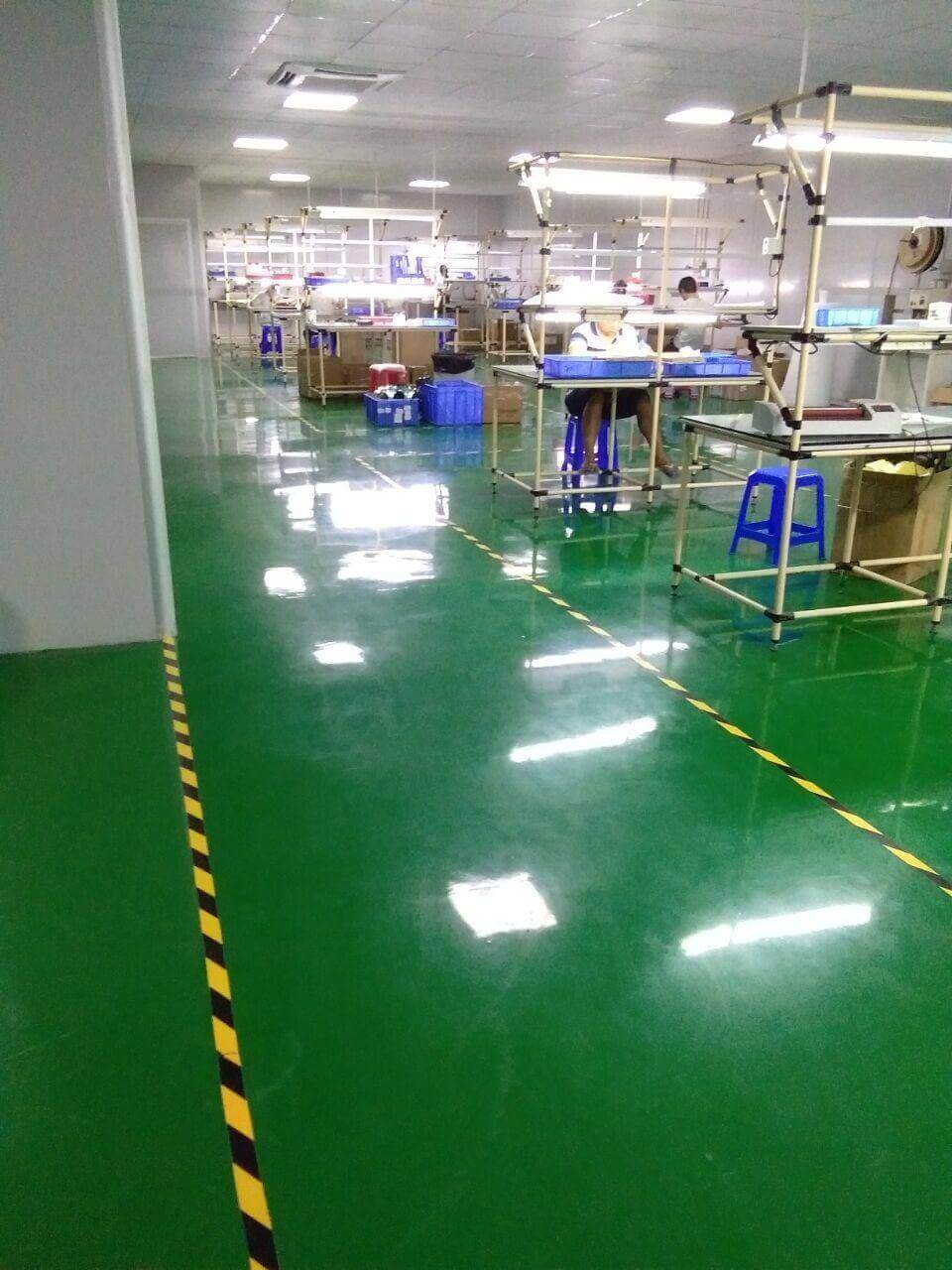What Is a ‘Clean Room’?
Clean rooms are often used in screen printing and digital printing facilities to prevent contamination and dust particles from getting into inks, adhesives, and assemblies.
Typically, clean rooms are designed with positive pressure to force air out and specialized filtration to reduce particulates in the incoming air or circulated air. The lower the quantity and smaller the size of particulates in the room (as measured by volume) the cleaner the room.
RSP Clean Rooms
RSP has invested heavily in expanding and improving our production facilities in the US and China.
At RSP, we designed our brand-new facility to include epoxy floors, vinyl-coated ceiling tiles, and added positive pressure air and filtration. We have also invested in a new floor cleaning machine that provides consistent and scheduled wash downs. In addition, all employees must adhere to standard practices such as wearing booties and lab coats in restricted areas.
At RSP Electronics, our controlled plant in Tangxia, China, our newly installed large clean room occupies one full floor of the facility. This area houses our expanded printing department as well as critical assembly processes to ensure higher quality parts and lower reject rates.
Why Is Having a Clean Production Area So Important?
In printing, a small particle of dust on material prior to laying down ink can look substantial after the ink adheres and dries around it. In particular, tinted windows on overlays or membrane switches and wet-out windows (WOW) are very susceptible to contamination from dirt and dust. A WOW is a window where clear ink is used to clarify the hard-coated texture on the material to level out the textured peaks and valleys of a surface. This process is typically used when the material covers LED, LCD, or other displays.
While clean rooms are not necessary for printing and assembly, they are critical for improving quality, controlling the environment to better process inks, reducing scrap and thus allowing the manufacturer to reduce expenses and pass along savings to the end customer.


